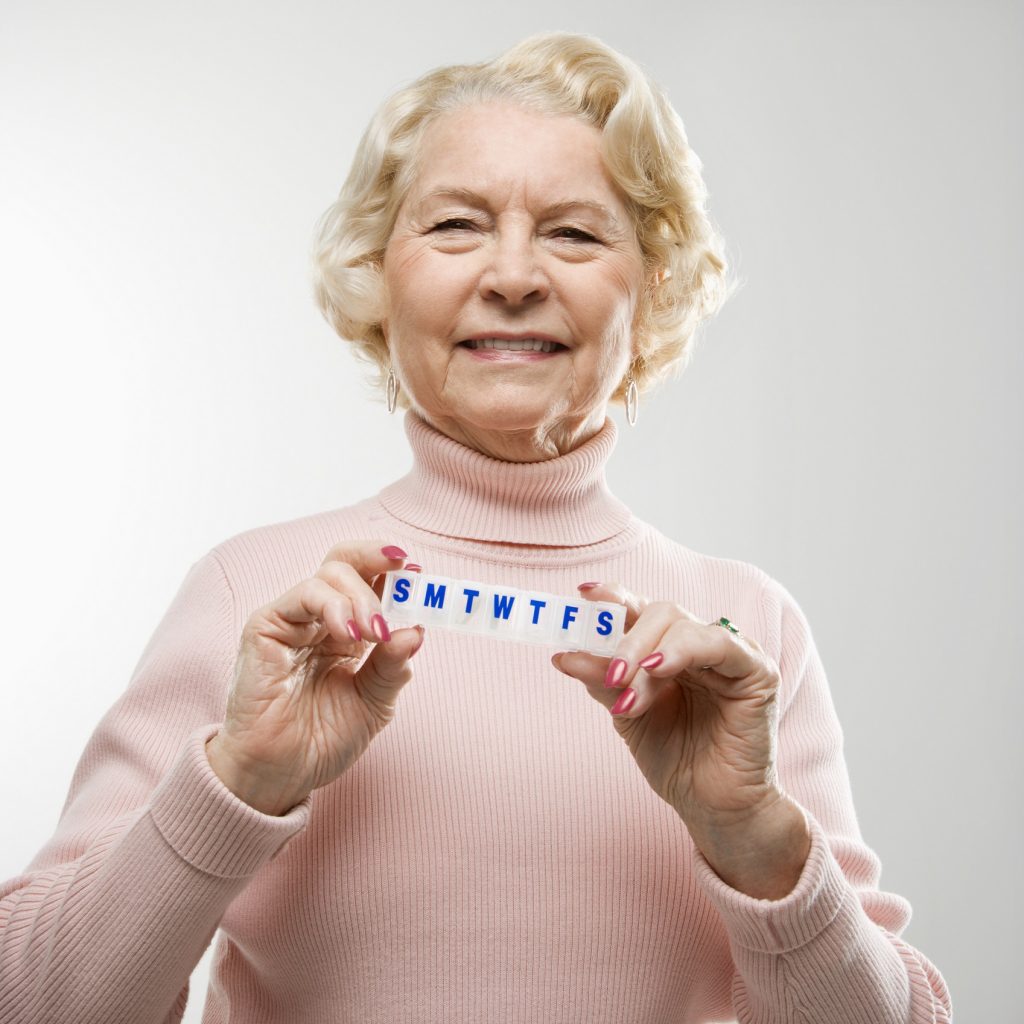4 Useful Gadgets & Tech Gifts for Seniors
The ‘smart home’ was an idea initially conceived in the late 1940s and early 1950s when new technologies were being developed and adopted by the appliance industry. Spray-mist irons and automatic washers and dryers made doing the laundry a breeze. Automatic coffeepots took the hassle out of brewing a cup of morning joe. Self-cleaning ovens led to relatively stress-free dinners.

Photo Credit | Deposit Photos | @ iofoto
Suddenly, people began to wonder if there would soon come a day when homes could take care of themselves – or, better yet, take care of their occupants.
While we aren’t quite there yet, but there are new technologies on the market or in development that can make aging a lot easier.
1. Telekin: Let’s start simple. Telekin isn’t just any old computer. It has a large monitor (operated by touch) and a user-friendly interface. In many ways, a Telekin is a social machine. Users can email and share photos or videos. Plus, the computer comes equipped with a built-in webcam optimized for video chat. It’s a great way to stay in touch with family and friends.
2. GrandCare Systems: Like Telekin, GrandCare Systems is a touchscreen computer. It has several prominent features that distinguish it from any other computer system. This computer monitors its users’ glucose, oxygen, weight and blood pressure levels. It tracks users’ diet and daily activity, and will chart out when its owner needs to take their next dose of medicine. Like Telekin, it’s also primed for socialization. Users can play interactive games, browse the day’s headlines and even log into social media platforms like Facebook.
3. MedMinder: This product looks like an ordinary pill box – except it’s not. This pillbox comes with software, which is owned and operated by caregivers. The software allows the caregivers to monitor medicine intake and alter medication schedules. Plus, the device sounds an alarm when its owner forgets to take their medicine.
4. Home of the Future: This technology is still in development at MIT. It allows users to set up a series of biometric sensors in a particular space. The sensors are capable of tracking every move and decision made by whoever is living in that space. They collect and store that data, then analyze it to make suggestions on how the occupant can alter their day-to-day activities in order to live a healthier and easier life.